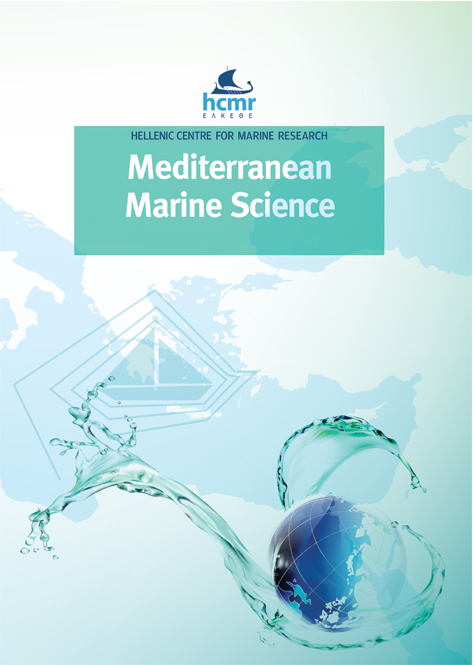The polyclad fauna (Platyhelminthes, Rhabditophora) of the Sinop Peninsula (Black Sea, Turkey) with the description of a new species of Cryptocelis Lang, 1884
Abstract
Between October 2013 and July 2014, 40 polyclad specimens were collected during the systematic sampling of mussel beds along the coast of the Sinop Peninsula (Western Black Sea). Six species were identified, including a new Cryptocelis species. Cryptocelis sinopae sp. nov. is characterized by possessing a prostatic vesicle lined with a ridged fold in its anterior end and the presence of two secretory glandular folds in the distal dorsal wall of male atrium. Additionally, new records of Echinoplana celerrima Haswell, 1907 and Leptoplana mediterranea (Bock, 1913) are reported for the Black Sea and Turkey; and Leptoplana tremellaris (Müller OF, 1774) and Prosthiostomum siphunculus Delle Chiaje, 1822 for the coast of the Black Sea of Turkey. A short description of the reproductive behaviour of Pleioplana okusi Bulnes, Kalkan and Karahan, 2009 and Cryptocelis sinopae sp. nov. will be also provided.
Article Details
- Come citare
-
GAMMOUDI, M., BULNES, V. N., & KURT, G. (2021). The polyclad fauna (Platyhelminthes, Rhabditophora) of the Sinop Peninsula (Black Sea, Turkey) with the description of a new species of Cryptocelis Lang, 1884. Mediterranean Marine Science, 22(1), 141–156. https://doi.org/10.12681/mms.24666
- Fascicolo
- V. 22 N. 1 (2021)
- Sezione
- Research Article
Authors who publish with this journal agree to the following terms:
- Authors retain copyright and grant the journal right of first publication with the work simultaneously licensed under a Creative Commons Attribution Non-Commercial License that allows others to share the work with an acknowledgement of the work's authorship and initial publication in this journal.
- Authors are able to enter into separate, additional contractual arrangements for the non-exclusive distribution of the journal's published version of the work (e.g. post it to an institutional repository or publish it in a book), with an acknowledgement of its initial publication in this journal.
- Authors are permitted and encouraged to post their work online (preferably in institutional repositories or on their website) prior to and during the submission process, as it can lead to productive exchanges, as well as earlier and greater citation of published work (See The Effect of Open Access).







